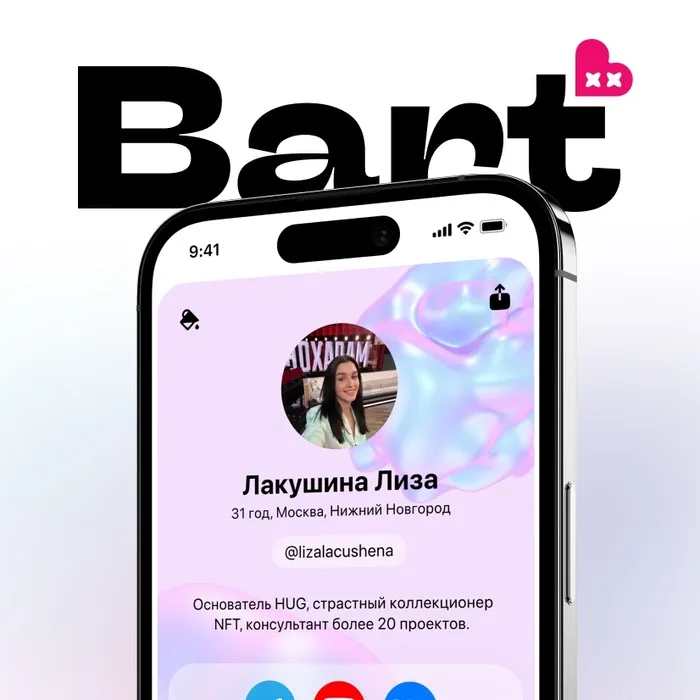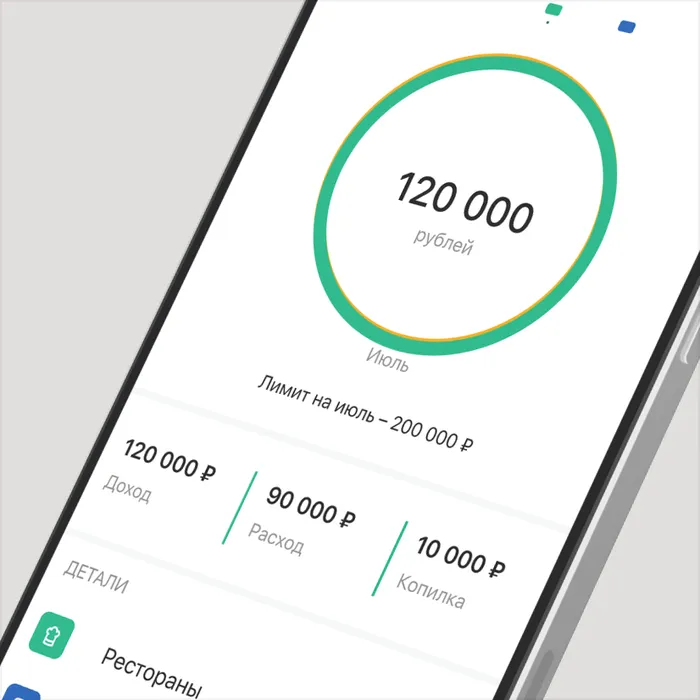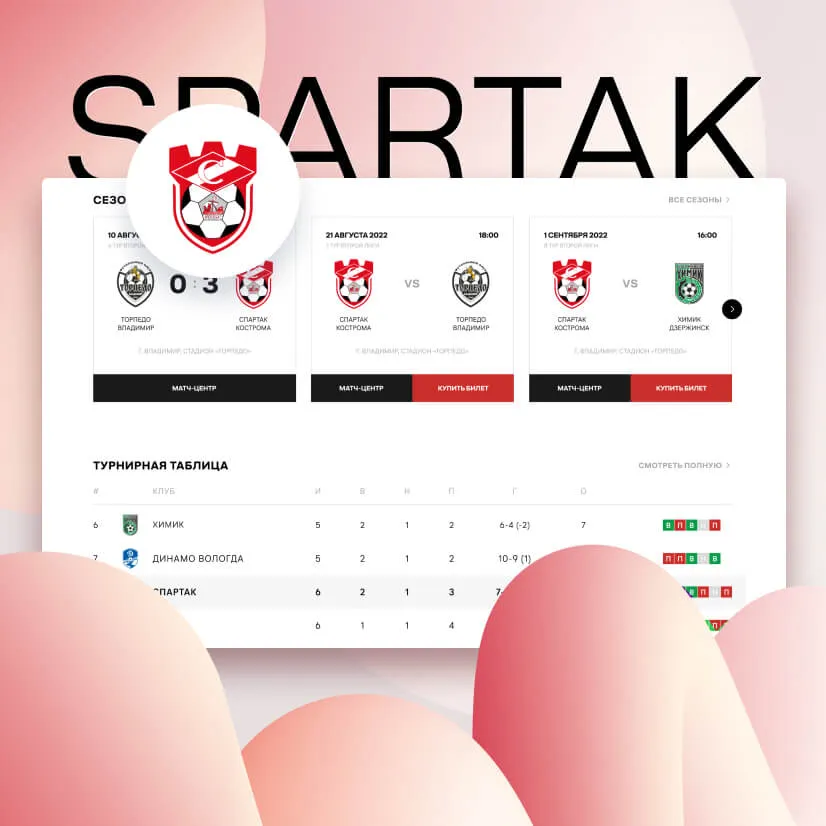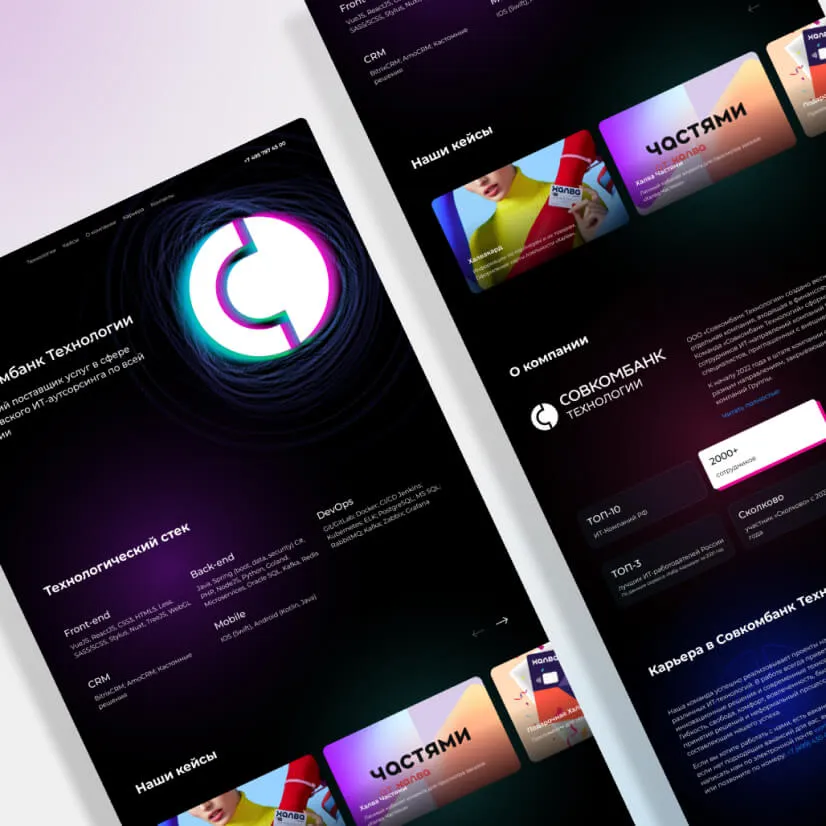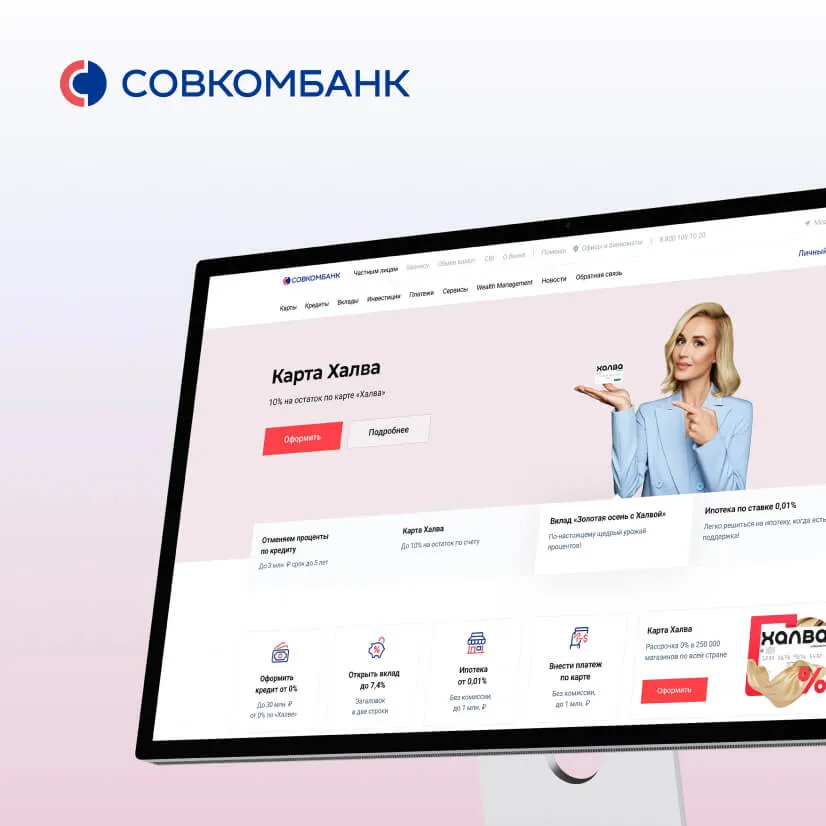
The idea of the project came during the vacation. In spring 2021, Felix Khachatryan the CEO of NEOTECH, had a seaside vacation. A hotel guest introduced him to a new trend - vacation exchange. Here is how it happens:
Instafluencers that are ready to advertise hotels register in a special service.

The service is used by hotel managers as they offer free services to a blogger in exchange to advertising posts and stories.

The blogger who talked with Felix was offered a promo code by the hotel manager for three free days with meals. In her turn, she had to publish stories and a post with the hotel’s tag during her vacation.
Felix was drawn into that idea - the principle to exchange interaction between a blogger and a business seemed to be ambitious. We in NEOTECH decided to use it in our own project, however, not limited with hotels but with other businesses as well.
This is how the story of Bart started.
We started the marketing research to estimate how much that idea was prospective. We had interviews with microbloggers and business owners to know how they find each other, what issues and wishes they have. This is what we found out in a few months of research.
Market leaders, Perfluence and Getblogger platforms, work primarily with large brands. Their customers buy exposure or target actions only and they are even unaware of which bloggers are going to advertise their products. All bloggers get similar tasks, nobody takes into account their special needs. As a result, microbloggers believe that large brands are not interested in them.
The manager of a company usually looks for interesting bloggers on social media, contacts them and arranges the advertising campaign, then intuitively estimates its effect. It works for a small business. When the business grows, partnership with bloggers takes more resources. The company has to employ an SMM manager or pay a marketing agency, on top of integration costs. But the issue is still here: communications are still manual, and such an approach makes it difficult to upscale the advertising campaign and build personal communication with each blogger.
Small bloggers are ready for both paid advertising and exchange. At this, they are responsible for integrations and advertising the products they really like. Such advertising looks native and helps to attract an audience who will be more likely to buy the product. Western platforms use something like CRM systems. They help to automatize the routine and to build professional communications of brands with any bloggers, even if there are a lot of them.
We understood that we could solve the issue of both brands and microbloggers, and we developed the platform with exchange functions for that. Brands could post advertising offers on it and microbloggers could respond to them.
This is how the first version of Bart worked as exemplified by the local business.
For instance, a beauty parlour in a residential building wants to advertise the service of women’s manicure. Its manager logs in to Bart, fills out the questionnaire and creates an offer for bloggers as she gives:
the information about the beauty parlour: its description, address and contacts;

an offer for a blogger - free women’s manicure (it costs 2500 ₽ for clients);

terms: after the service, a blogger has to publish a post or stories and to tag the location of the parlour.

The parlour can send this offer to suitable bloggers and an influencer can choose an interesting offer from the list and respond to it as if it were a vacancy. If interests have matched, the blogger and the brand go to a chat to discuss the details of integration.

In early 2022 we were preparing the announcement to launch the product but the situation changed in February.
The first version of Bart was directed to Instabloggers - the audience that was prospective at that moment. The number of Instagram* influencers grew and brands invested more money every year. But on March 14, this social media was blocked in Russia so we could not launch the product in that form.
While the influence marketing field was steadily growing, we could attract two audiences at once - bloggers and brands. Under new conditions, it became clear that we needed to focus on a single field to launch the product.
After February, bloggers faced two issues:
the lost connection with subscribers due to social media blocks,

issues of content monetizing.

We decided to temporarily remove functions for brands and to focus on bloggers.
At that stage, we made the research again to find the solution for the bloggers’ issue. Western influencers try to gather their audience outside social media to depend on it less. Special services, the link in bio, help them to do it.
Link in bio is the single-page website designer that helps to create a personal page with information about a blogger and to gather all her accounts. At first, such services were used to avoid the profile limitation in Instagram* and TikTok - one can add only one link there. Later, link in bio services had the option to accept payments from subscribers, such as donations and payment for information products.
These services have two drawbacks: it is difficult to design a nice page and to tune up payments. We knew how to solve these issues.
Pretty landing pages can be developed in Tilda designer, but to do it, a blogger has to be a little of a designer or a layout person. Most influencers don’t have such skills, so they have to order paid designs or use simplistic templates in other services, e.g. Taplink.
We made a simple constructor on Bart platform where you can build a complete webpage as if with Lego blocks. We paid much attention to engineering design templates for a blogger who even does not need to have any digital skills to be able to create a nice promo page for herself.

You have to make a long journey to tune up payment acceptance in Taplink, the most popular link-in-bio service in Russia:
to make an account in the payment service that is a partner of Taplink, e.g. YooMoney;

to complete identification there;

to request API keys;

to insert API in your Taplink account;

to choose the paid rate, so even if a blogger is unable to sell anything, she nevertheless has to give money to the service.

Almost all such services, even Linktree, the most popular in the world, has this algorithm.
In Bart, we tuned up integration with the default payment service and made payments much easier. A blogger does not need to leave Bart as she just makes a Buy button on her page and sets up the price. After purchases, the money is deposited into her balance and she can immediately transfer them to her bank card. The blogger just pays a fee for transactions: if she has not sold anything, she does not need to pay anything.

We developed the first version of the iOS and Android app using React Native framework. It helped to save much time and a lot of resources and to quickly launch it because the framework’s code base is the same for iOS and Android. React Native also has a large selection of libraries of ready components. But specific features of the architecture prevent the React Native app from upscaling. The framework is great for classic scripts but if the task is more difficult and deals with device or system functions, one has to ask native language (Swift, Java) developers for help. That’s why we are going to transfer to the native language of development in the future.
We developed the web version with the mini-website designer using Reach and Chakra UI library. We used it in a previous project too, so most of the essential components were already ready. Only the photo-cutting tool was additionally developed for Bart.
We refused the desktop web version. To save resources for the development and support of three Bart website versions (desktop, mobile and tablet), we made the mobile one only that is similarly displayed on all devices.
As a result, in November 2022 Bart was launched as a web version. A blogger can create a webpage for her accounts from ready-made templates and tune-up payments. But this is only the first stage of the project’s development.
The platform has great potential and we are ready to develop fields that will be interesting for users.
Functions for b2b. NEOTECH has already transferred the product from b2c to b2b, e.g., in the Ubank product. If large companies are interested in the platform, we will be able to customize it for business needs, rework functions or add new ones. For example, Bart helps to sell digital products and to collect donations. These tools can be useful for companies with thousands of employees. Several large advertising agencies are interested in the platform for the creation of the influencer’s automatic portfolio.
The focus is on various audiences. If the payment function is popular, we can add more payment options including cryptocurrency. We can integrate Bart with Twitch and other gaming services.
Monetizing. Nowadays, the single type of monetizing is the fee from payments that a blogger receives via Bart. The next step is to make payment subscriptions for bloggers that have extended functions with the detailed statistics. When the exchange is ready, we will add the fee for transactions with brands.
We create highly liquid technologies. Bart consists of modules that can be used in various marketing fields even apart from the platform itself. Now they are enquiring and the promo-page designer.



